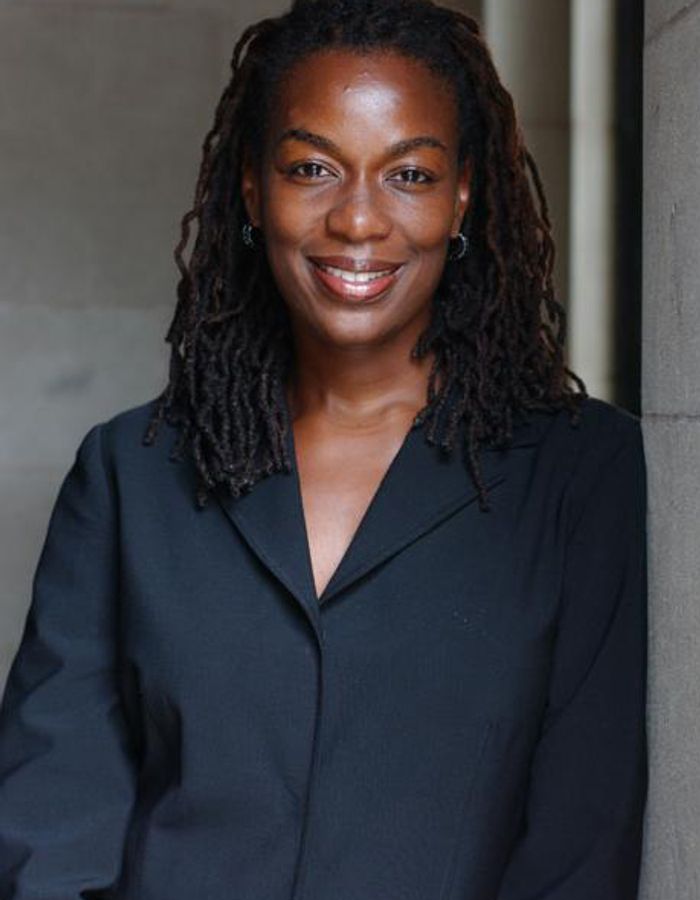How charities can use the power of visual content in social media
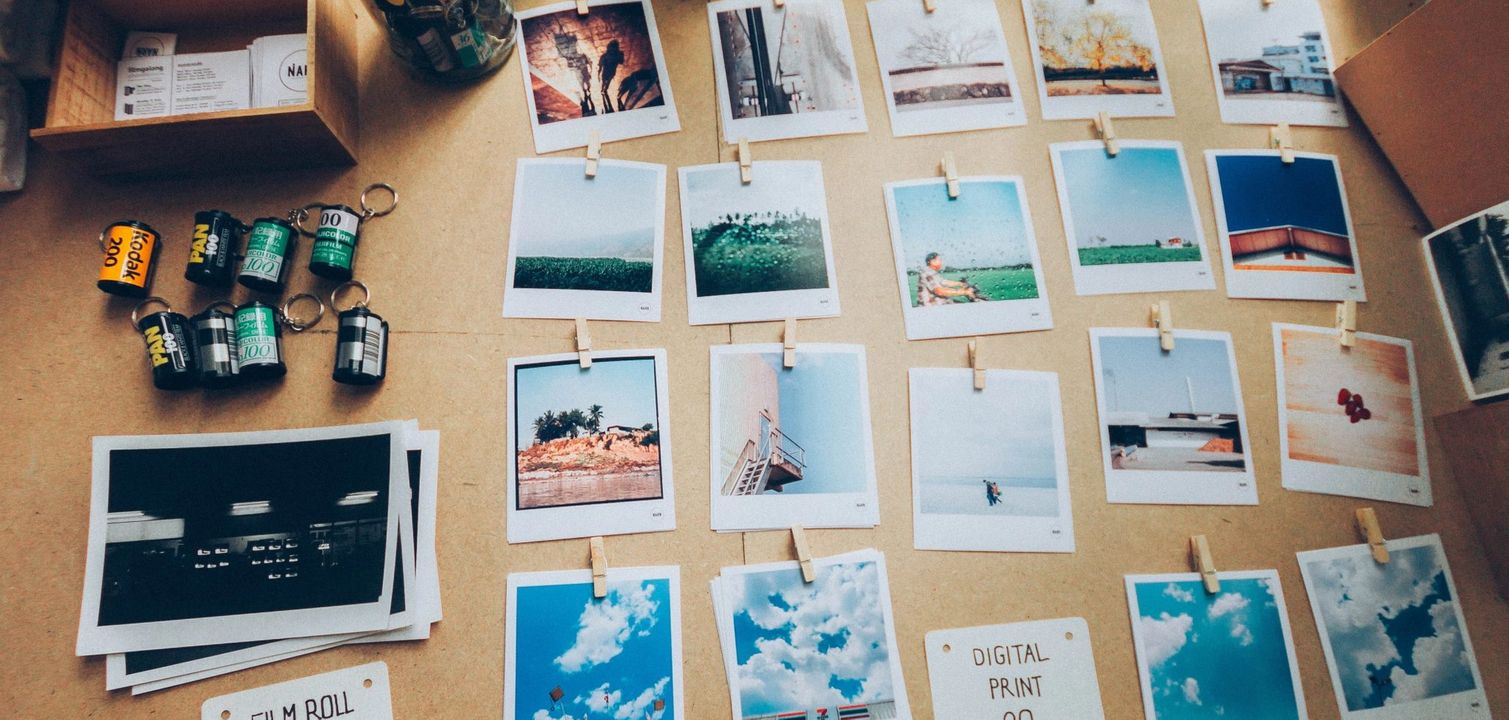
A quick look at the most popular social platforms shows that social media has become more visual through the years. As it becomes harder to stand out on news feeds, images and video can help you create more appealing content.
It has been observed that visuals are processed 60,000 times faster in the brain than text. This means that an image can have a bigger impact than just copy.
When it comes to social media, Facebook posts with images tend to get 2.3x higher engagement compared to status posts with only text. Moreover, tweets that include images get 150% more retweets than tweets without images.
What makes visual content powerful is the fact that it can help your social presence in multiple ways:
- Improve storytelling by building a stronger narrative
- Create an appealing social presence that can boost the awareness of your cause
- Boost engagement with your supporters
- Facilitate fundraising by adding a call-to-action to your visual content
- Build an authentic social presence that can be more easily remembered
- Leverage creativity
- Make sharing easier for social media
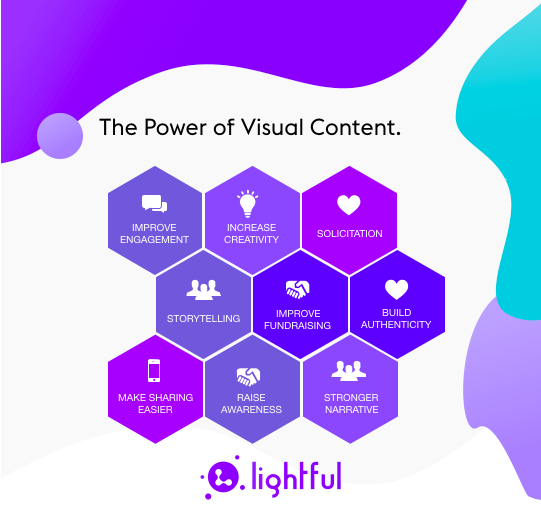
Here are some creative uses of visual content from charities across the most popular platforms:
Facebook is all about visual content. Whether it’s a photo, a GIF, or a video, the creative possibilities can be numerous. Your visual content can enhance your storytelling and help you maintain and even increase engagement with your supporters.
This example of using multiple images in a post, by Street Child, helps tell a story as well as providing additional context of the importance of supporting their work. A longer caption, along with three appealing images makes their presence more impactful and of course, more engaging.
The Plunkett Foundation has launched a campaign called #TheLittleThings and have relied on visual content to spread their message and raise awareness. A series of short videos show their understanding of the best practices for each social platform, which ultimately has led to a wider awareness of their message.
Twitter is all about creative, bite-sized content, which also reflects the best practices around visual content. Images tend to be very popular, as they allow you to provide more detail when 280 characters are not enough and GIFs can help provide a visual representation of an emotion – such as humour, happiness or joy.
You don’t have to be a designer to create engaging images or GIFs. In fact, GIFs are now an inbuilt feature in both Twitter and Facebook but they are just a series of images merged in to one, moving image. Luckily, there are many free online resources to help you create your own.
The British Heart Foundation created a GIF to promote their #DECHOX campaign. It’s both appealing and informative and manages to grab your attention to learn more about the campaign.
The Samaritans have posted a motivational quote as another way to maintain an engaging social presence. It’s good practice to follow popular hashtags like #MondayMotivation when you’re struggling to post something new on your social platforms.
Instagram IS visual content. It’s the perfect platform for testing your creativity and building a community around your cause. More charities are joining the platform to test their visual skills and the results have been very encouraging.
This video by NSPCC shows how you can use your supporters’ content to create your own. It’s creative and it also helps in strengthening their relationship with their followers.
View this post on Instagram
A post shared by NSPCC (@nspcc_official) on Feb 22, 2018 at 4:28am PST
You can also take your creativity to the next level on Instagram by creating a series of posts that make your profile more interesting. This is an example by Tiny Tickers and how they created an advent calendar in December to highlight their supporters’ work.
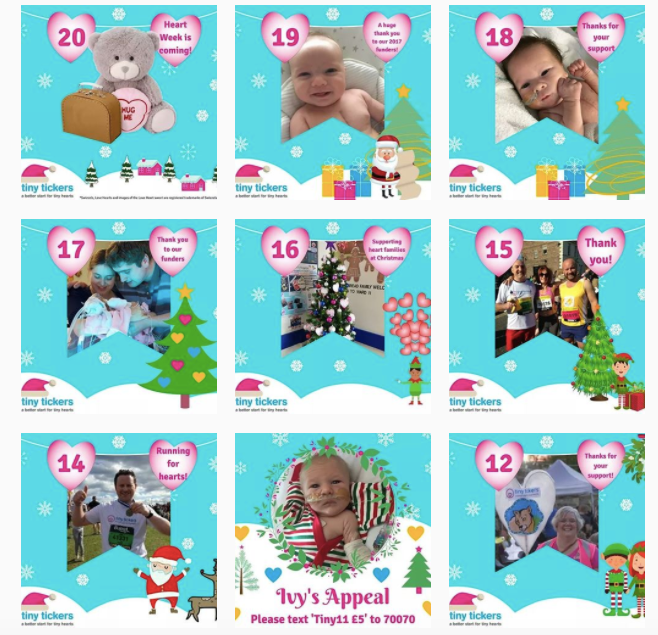
Pinterest is another visual platform, which is also a search engine. It allows you to organise your content in thematic boards. Because it’s a search engine, your posts will be seen for a longer period than any other social platform and it can actually increase your traffic to your site.
Comic Relief has created a board with Bake Sales for Red Nose Day 2017 and it turned out to be their second best social channel as part of their campaign.
YouTube
YouTube is a powerful video platform that helps you organise your video content as part of your channel.
The RNLI has seen great success by posting their video content on YouTube as part of their #RespectTheWater campaign. As well as there being a great number of views, the comments have contributed to an increasing awareness.
Moreover, the Teenage Cancer Trust have used YouTube to talk about five warning signs of cancer in teenagers and adults and it manages to raise awareness about an important issue through a more creative medium.
We hope you’ve been inspired by some of these great examples. How does your charity use visual content on social media? Tweet us your creative ideas at at @Lightful!
Latest articles

The philanthropic world is facing an unprecedented period of uncertainty. With cuts to international aid, freezes on domestic spending, and shifting global priorities, nonprofits are navigating a rapidly changing funding landscape. This moment calls for clarity, commitment, and a renewed focus on what truly strengthens civil society: long-term resilience.

What a fantastic morning we had last month! Lightful hosted our Grants ++ event designed to bring funders together to explore how they can go beyond traditional grantmaking and truly support charities on their journey to long term sustainability. In a time where the funding landscape is shifting so rapidly, it was fantastic to connect in person for such an uplifting conversation, to collectively spark ideas on how funders can support their grantees and to launch Lightful’s next BRIDGE programme in June, supporting nonprofits with digital and AI skills.
Related posts

January is the time when we’re gearing up for getting organised in 2020! It’s the perfect time now to take stock and start planning for the next 12 months. Luckily, we’ve got eight ways you can improve your social media content calendar to supercharge your content in 2020.
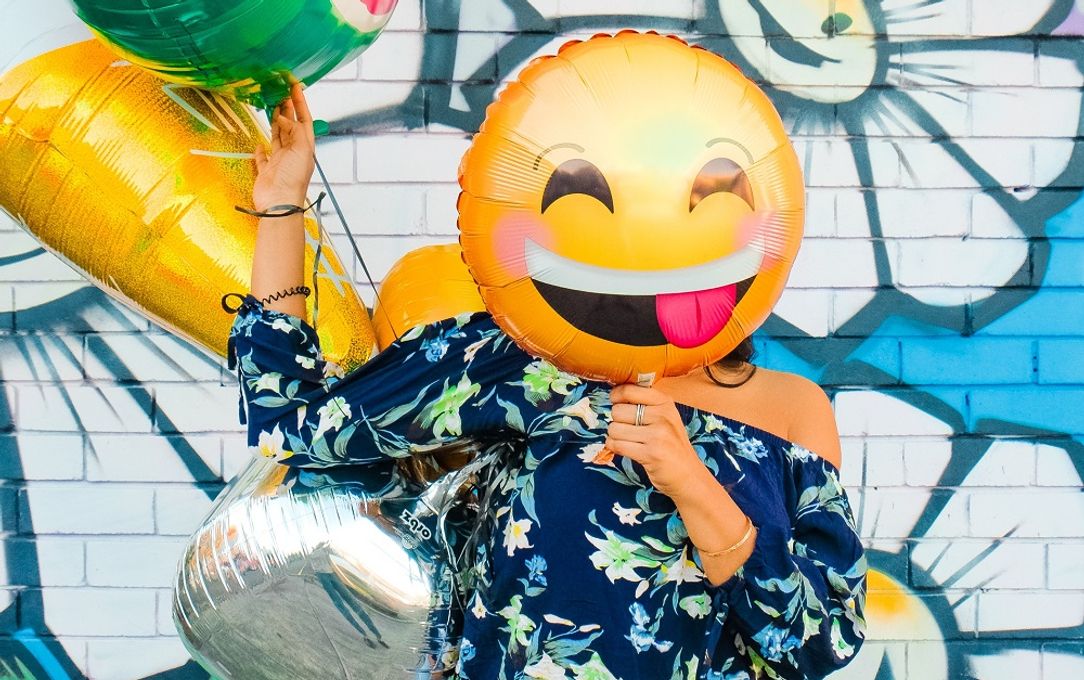
A little birdie told us (ok, our built-in awareness days calendar) that it was World Emoji Day on Tuesday.
See who we help
Contact us
Want to learn more?
Email Jonathan and start a conversation





